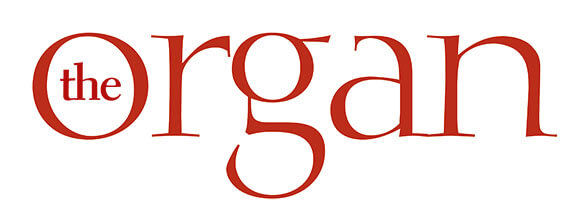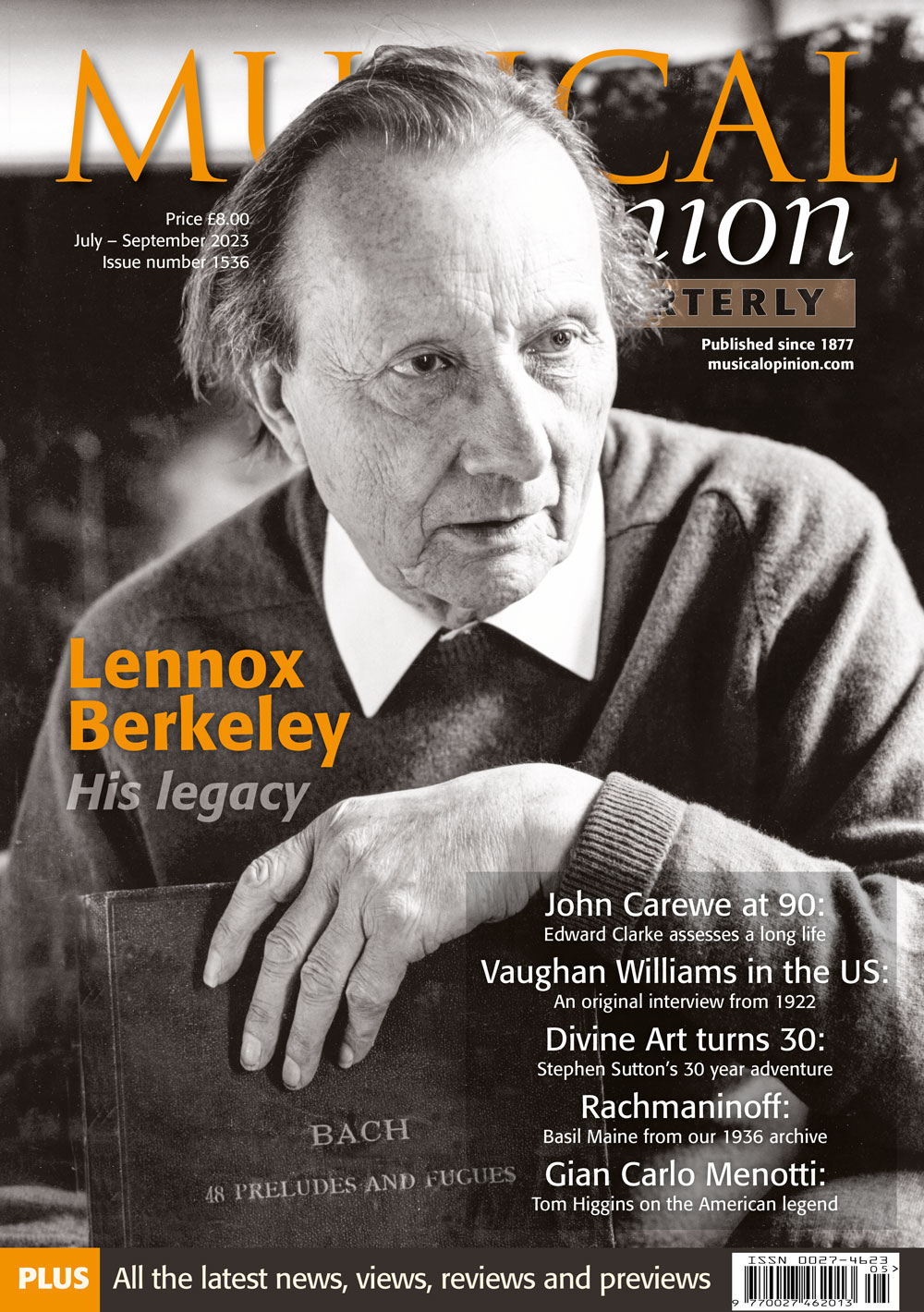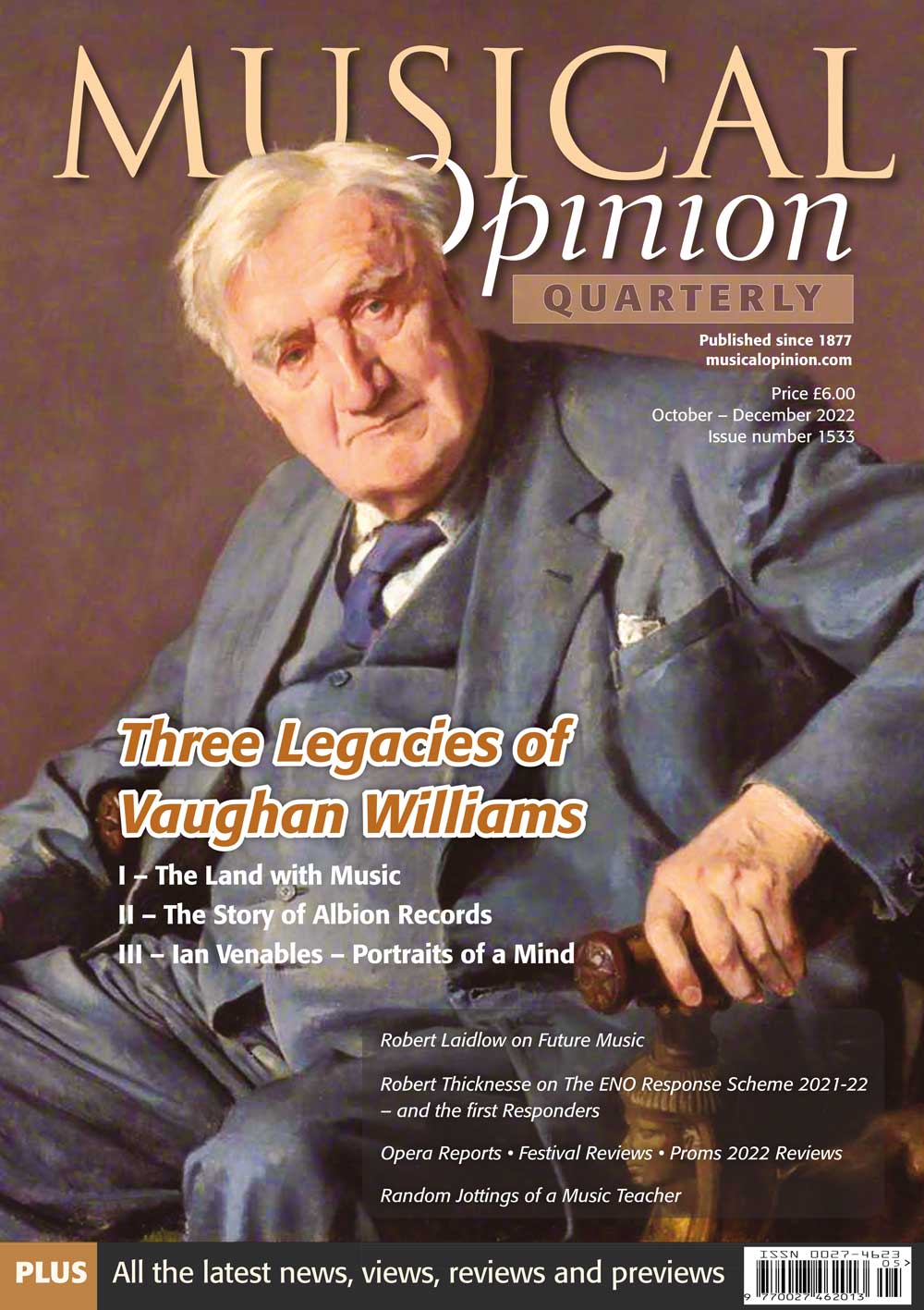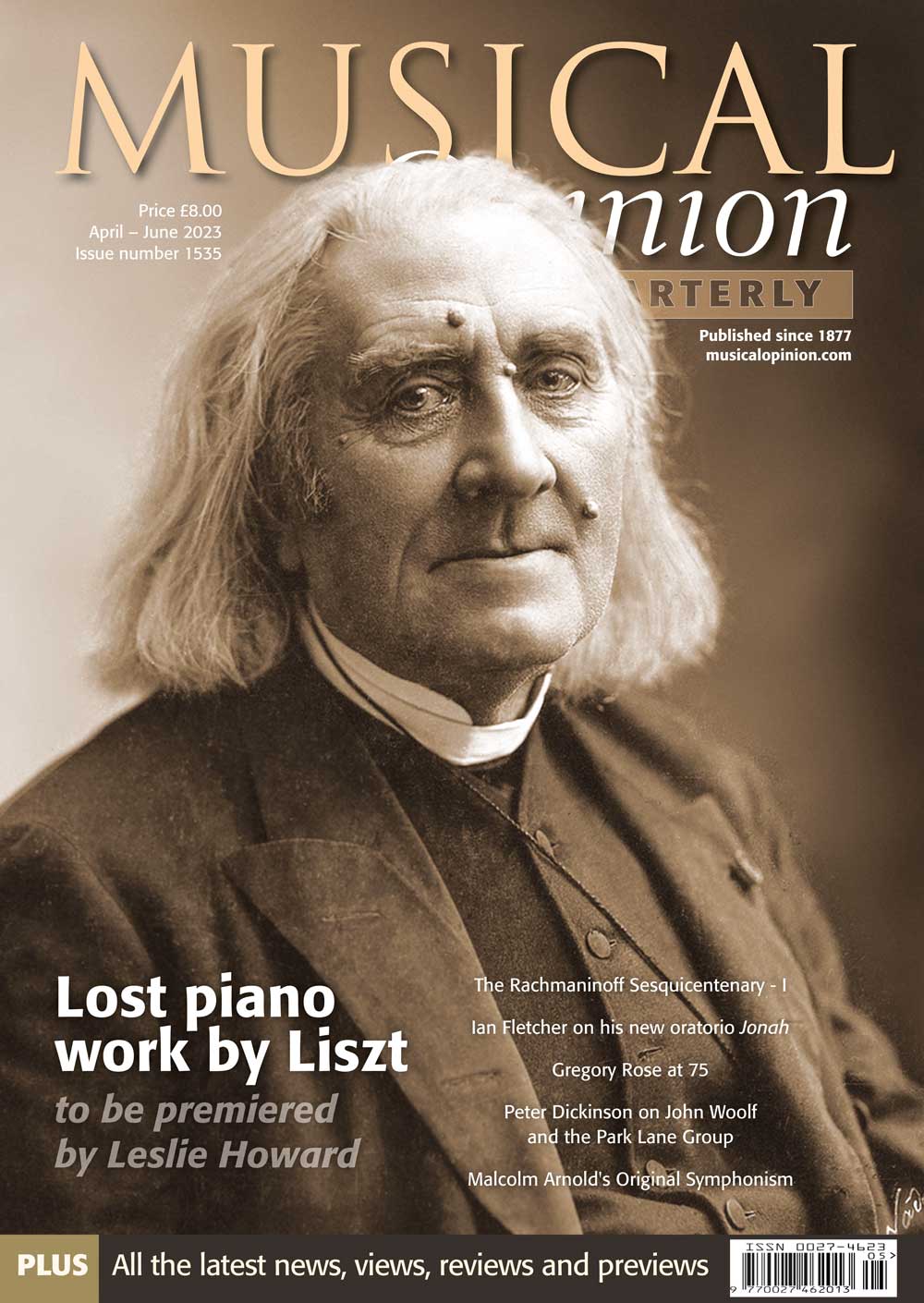Previous Issues
Summer 2024. Issue 409
Suite de Pièces pour Violon et Orgue
Spring 2024. 408
Winter 2024. 407
Autumn 2023. 406
Summer 2023. 405
Winter 2023. 403
Autumn 2022. 402
Summer 2022. 401
Spring 2021. 400
Winter 2021. 399
Autumn 2021. 398
Whilst staying at A4 size and 56 pages, the magazine has been completely redesigned with different fonts (more easy to read), bigger photopgraphs, more focus on things like specifications and more CD reviews of organ repertoire.
Summer 2021. 397
Winter 2021. 395
Spring 2021. 396
Autumn 2020. 394
Summer 2020. 393
Spring 2020. 392
Winter 2019. 390
Autumn 2019. 389
Explore By Topic
Spring 2023. 404
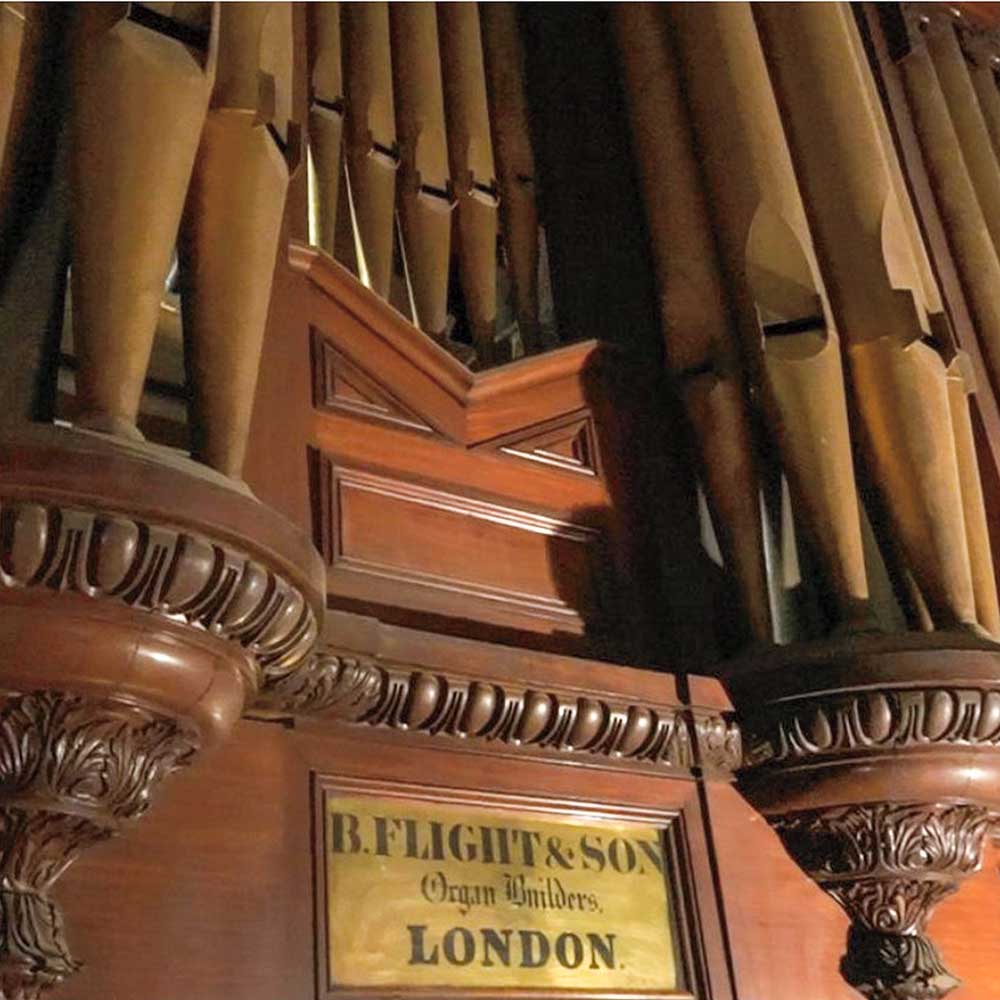
Organ landscapes of Chile
Dr Michał Szostak
The following report on musical experiences and impressions gained following my recital tour in South and Latin Americas in June of 2022. Following my reports on the organs of Argentina and Panama, this article is concerned with organs in Chile – the most western-located country in South America.
This article describes the historical background of Chile, its organ culture in general and also four instruments in detail: two of them (St Ignacio, Santiago and Saint Paul’s Anglican Church, Valparaíso), where I also gave recitals. The third, in the Cathedral of Santiago, and the fourth in the Franciscan church Iglesia del Colegio de los Sagrados Corazones in Valparaíso were chosen due to their historical value.
The Republic of Chile is located in the western part of South America, being the southernmost country in the planet and the closest to Antarctica, stretching along a thin strip of land between the Andes Mountains and the Pacific Ocean. With an area of 291,930 square miles and a population of around 17.5 million, it shares borders with Peru, Bolivia, Argentina and the Drake Passage. Chile also controls some Pacific islands, and claims about 480,000 square miles of Antarctica as the Chilean Antarctic Territory. Chile’s capital and largest city is Santiago, and the national language is Spanish. WITH FULL SPECIFICATIONS
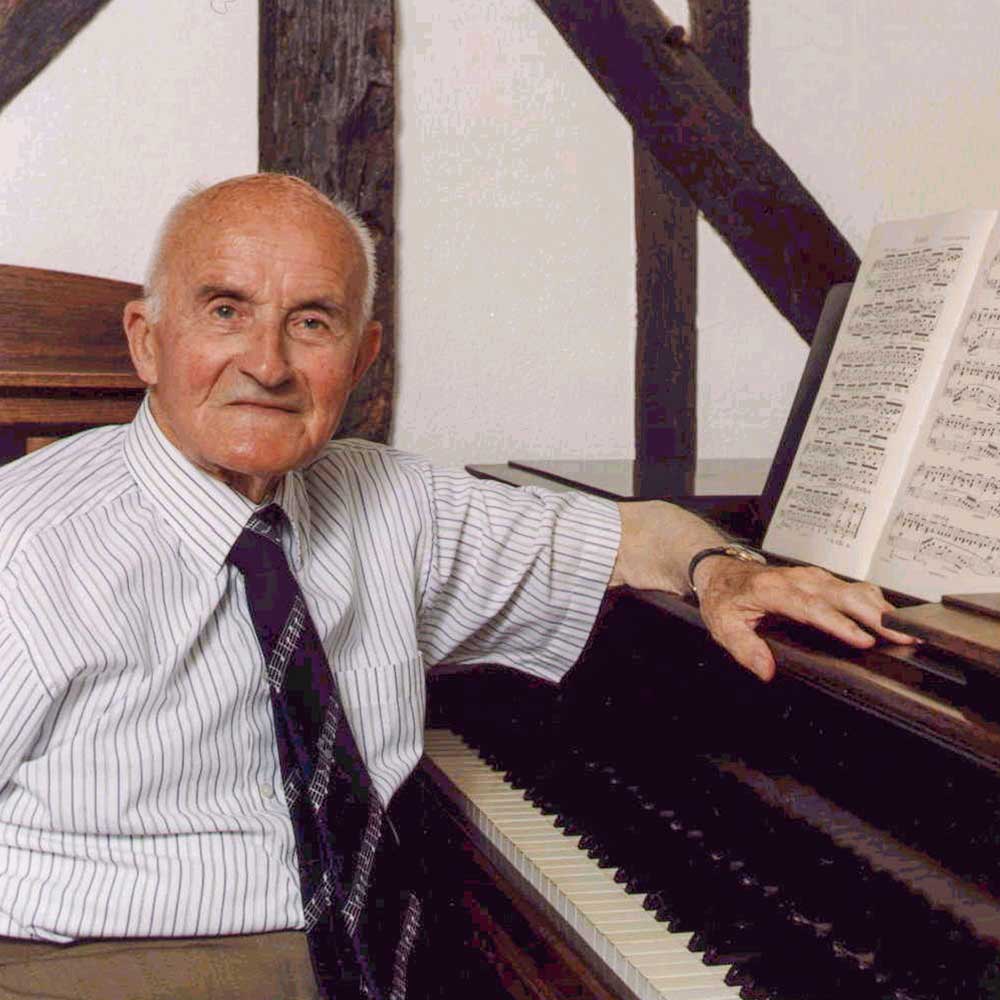
Arnold Cooke and the organ
Harvey Davies
The organ music of Arnold Cooke (1906–2005), consisting of around a dozen works, have been little explored by modern performers. Born in Gomersal in Yorkshire in 1906, Cooke was educated at Streete Preparatory School, followed by Repton, where his aptitude for music was nurtured. He studied cello, piano and organ, as well as taking rudimentary lessons in composition. At Caius College, Cambridge, from 1926 to 1929, he gained a BA in History and a B.Mus. His tutors included Edward J. Dent, who had a profound influence on him, and he then spent three years with Hindemith at the Hochschule für Musik in Berlin. Following a season as Director of Music at the Cambridge Festival Theatre in 1932–33, Cooke taught harmony, counterpoint and composition at the Royal Manchester College of Music (now the Royal Northern College of Music) before going to London in 1938 anoldd being enlisted in the Royal Navy during the war. In 1946 Cooke returned to London, where, over the course of a year, he wrote his First Symphony, and then took a post at Trinity College of Music (now Trinity Laban Conservatoire of Music and Dance), where, until his retirement in 1978, he taught harmony, counterpoint and composition. He continued to compose prolifically until the late 1980s, his final work being written in 1996 at the age of 90. He lived for a further decade in a retirement home near Tonbridge, dying just before his 99th birthday in 2005. WITH MUSICAL EXAMPLES
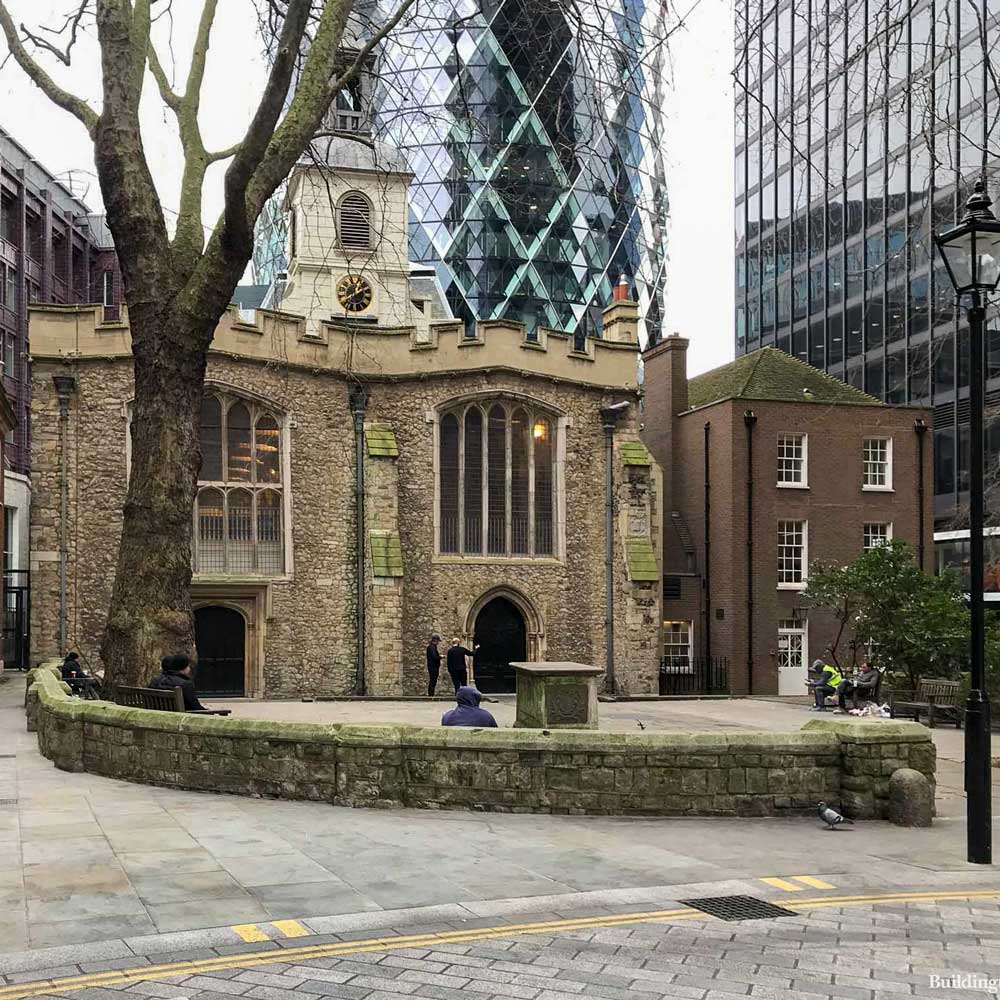
St Helen’s, Bishopsgate, London
Charles Stowe (1905)
In a square on the east side of Bishopsgate, close to Crosby Hall, stands the ancient Parochial and Priory church of St Helen, which happily escaped the Great Fire of 1666. There is a popular tradition that the Emperor Constantine built a church on this spot in the IVth Century to replace a Pagan temple which had formerly occupied the same site; and that he dedicated this church to the pious memory of his mother, St Helena, the reputed discoverer of the True Cross, who was herself a British lady, daughter of Coel II, Prince of the Trinobantes. A record in the archives of St Helen’s; states that in 1010, Alwyne, Bishop of Helmeham, removed the remains of King Edmund the Martyr from St Edmundsbury to London, and deposited them in St Helen’s Church for three years, until the ravages of the Danes in East Anglia had ceased. No authentic record of the actual building of any part of the present structure can be satisfactorily obtained. The style, however, of portions of the architecture, and the mention made of it in various documents, afford proof of its existence in the early part of the XIIIth Century. The original parish churchhad consisted of a long nave without aisles. In 1212,William the Goldsmith established a Priory for Nuns of the Benedictine Order in connection with St Helen’s Church, and built a second nave along the whole length (122ft) of the nave of the parish church on its north side. WITH FULL SPECIFICATIONS
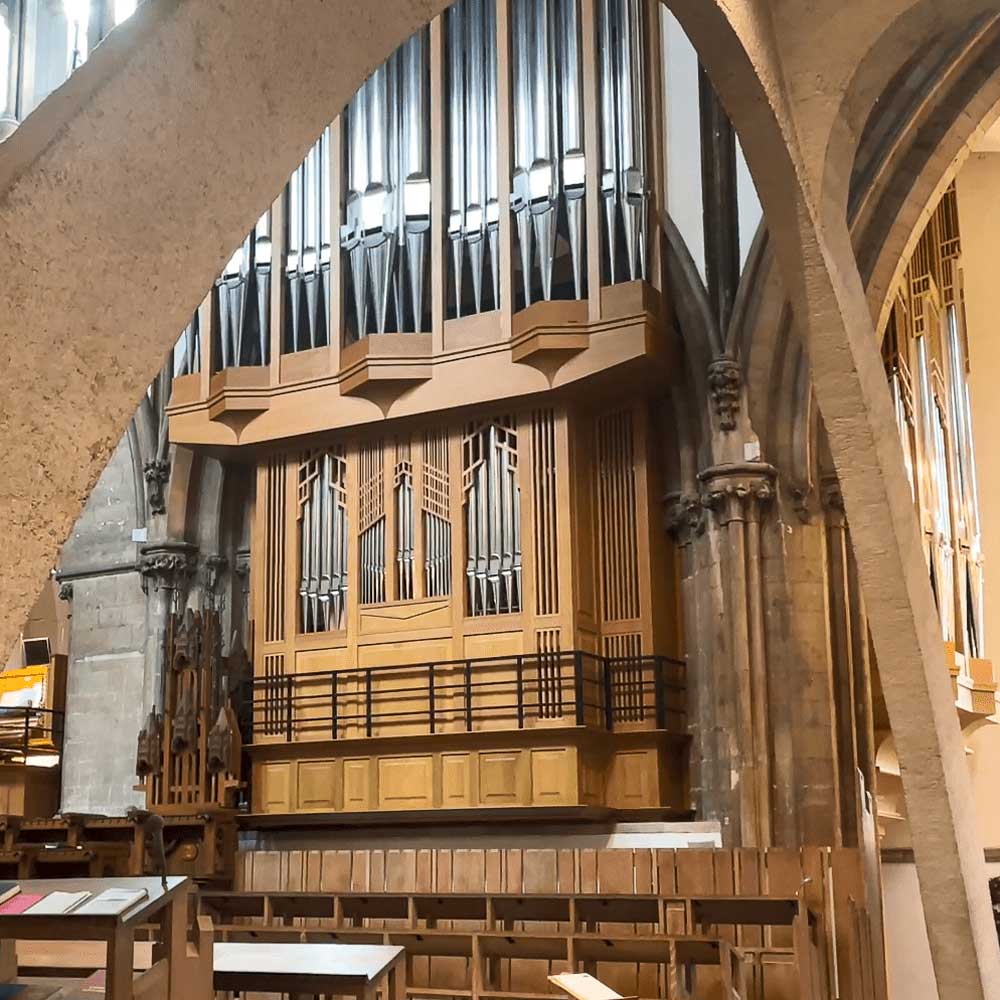
The Organ Sonatas of Francis Edward Gladstone
Professor Iain Quinn
The organ sonatas of Francis Edward Gladstone (1845-1928) are fine examples of the developing English sonata tradition of the late-nineteenth century and early twentieth century. They exemplify a practical approach to the instrument with consistently moderate technical demands while also allowing the player scope for interpretation with the increasing availability of instruments that were conceived with a symphonic tonal palette in mind. As discussed in The Genesis and Development of an English Organ Sonata (2017), the English sonatas had an important pedagogical role jointly inherited from Mendelssohn’s very practical and popular approach to the instrument and the continued European legacy of the lesson-sonata tradition whereby in learning a piece you also learned the instrument and vice versa.
Gladstone was born in Summertown, near Oxford. He was a first cousin of the Prime Minister William Elwart Gladstone and was an articled pupil of Samuel Sebastian Wesley at Winchester Cathedral. He earned his Mus. B (1876), Mus. Doc (1879) at the University of Cambridge. During the course of his career he held numerous church appointments: Holy Trinity Church, Weston super Mare (1864-1866), Llandaff Cathedral (1866-1870), Chichester Cathedral (1870-1873), St Patrick’s Church, Hove (1873-1875), St Francis Xavier, Hove and St Peter’s Church Brighton (1875-76), St Mark’s Church, Lewisham (1876), Norwich Cathedral (1877-1881), Christ Church, Lancaster Gate (1881-1886), and St Mary of the Angels, Bayswaterr (1887–94). In 1887, he was received into the Roman Catholic Church. He was Professor of Organ (1885-1899) and Professor of Harmony and Counterpoint (1884-1910) at the Royal College of Music. WITH MUSIC EXAMPLES
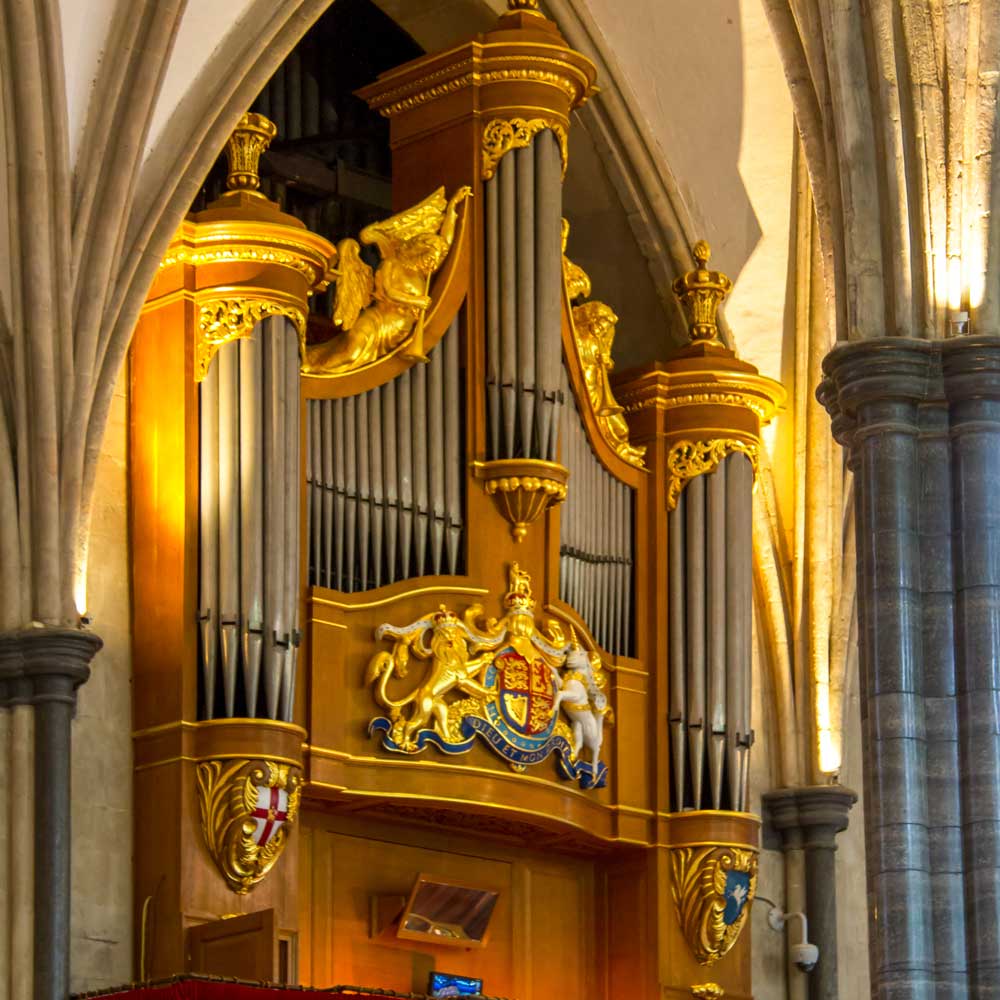
The Temple Church
Charles Stowe (1905)
Though not the oldest, the Temple Church is the largest of the four churches in England built by the Orders of the Knights Templars and the Knights Hospitallers. It plan is that of a western rotunda associated with a rectilinear building resembling the choir and aisles of a Cathedral Church. The rotunda is said to owe its shape to that of the Church of the Holy Sepulchre in Jerusalem, where a dome-covered building still marks, as it did in the XIIth Century, the traditional site of the Sacred Tomb. This round part of the church was built about the year 1185, and its architecture exhibits the transition from the Norman to that of the ‘First pointed’ or ‘Early English’ style, in which the eastern portion was afterwards built. The church was consecrated by Heraclius, Patriach of Jerusalem. After the suppression of the Order of Knights Templars, which took place early in the XIVth Century, this church with the adjoining ground passed into the hands of the great legal corporation who now possess it, and which still retains the name of the original founders, being known as ‘The Temple.’ This Society, owing to the increase in the number of its members, was subdivided in the reign of Henry VI. The church itself is within the precincts of the Inner Temple; the other corporation bears the name of the Middle Temple. The building luckily escaped the Great Fire of London in 1666; and the ‘great restoration’, which was begun in 1839 and continued until 1842, cost not less than £70,000. In the rotunda have been placed nine effigies of ‘Associated Knights’ and an ornamented stone coffin. WITH FULL SPECIFICATION
